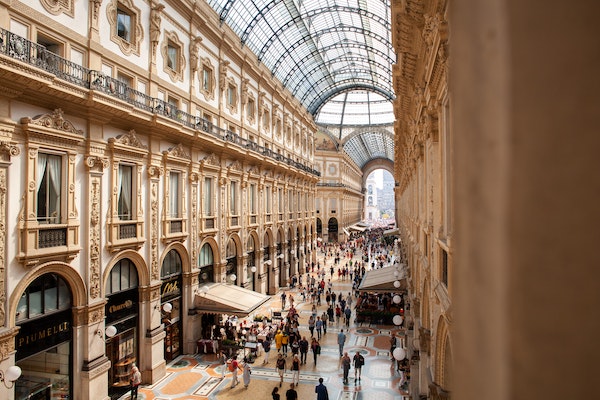Renovating Old Structures: Bridging Loans for Historical Conversions

Transforming historical buildings is a thrilling and demanding venture that calls for exceptional skills and expertise. While it results in a remarkable metamorphosis that conserves a fragment of the past, it also necessitates considerable financial investment. That’s where bridging loans come into play, a popular funding alternative for property conversions.
This article delves into the intricacies of bridging loans for property conversions, with a specific focus on the conversion of historical buildings.
Understanding bridging loans
Before delving into the specifics of employing bridging loans for property conversions, it’s vital to grasp their essence. Bridging loans are a short-term financing solution that enables borrowers to swiftly secure funds, typically within a matter of weeks. These loans commonly bridge the gap between property purchases and long-term financing or cover the expenses of renovations and other outlays. Secured against the property itself, these loans empower lenders to sell the property in the event of a loan default, recouping their investment.
Bridging loans for property conversions
Historical buildings possess an unmatched allure and charisma that contemporary structures cannot emulate. Converting such buildings to serve new purposes necessitates meticulous planning, reflection, and a substantial financial commitment. Herein lies the value of bridging loans, as they provide rapid access to funds that can be used for conversion expenses.
One of the advantages of employing bridging loans for property conversions lies in their adaptability to the borrower’s specific needs. For instance, the loan structure can encompass the property’s purchase cost as well as renovation or repair expenses. Furthermore, bridging loans can be tailored to offer repayment flexibility, which proves advantageous for lengthy conversion projects.
When contemplating a bridging loan for a historical property conversion, it is imperative to collaborate with a lender well-versed in this domain. Converting historical buildings mandates a unique set of skills and knowledge, including an understanding of preservation and restoration techniques, along with adherence to local regulations and requirements.
Preserving heritage
Effecting a transformation in a historical structure necessitates a delicate equilibrium between preserving the property’s historical character and adapting it for modern usage. This endeavour poses challenges, as restrictions may govern alterations to the building. Nonetheless, with the right approach and expertise, a successful conversion can uphold the building’s historical significance while rendering it functional for contemporary purposes.
A pivotal element of a prosperous historical property conversion lies in assembling a team of experts capable of guiding and advising throughout the process. This team should encompass architects, engineers, and contractors well-versed in working with historical structures. Moreover, it is crucial to collaborate with a lender who comprehends the distinctive obstacles posed by historical property conversions, offering tailored financing solutions to suit project-specific requirements.
Converting a historical building into a new functional space is a gratifying and demanding undertaking, necessitating meticulous planning, expertise, and financial backing. Bridging loans serve as an exceptional financing avenue for property conversions, providing swift access to funds and repayment flexibility. When contemplating a bridging loan for a historical property conversion, it is essential to partner with a lender experienced in this realm and assemble a team of specialists capable of guiding and advising throughout the process. With the right approach, a successful historical property conversion can preserve the building’s heritage while rendering it relevant for contemporary purposes.




 0116 402 7982
0116 402 7982